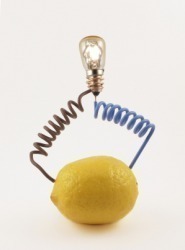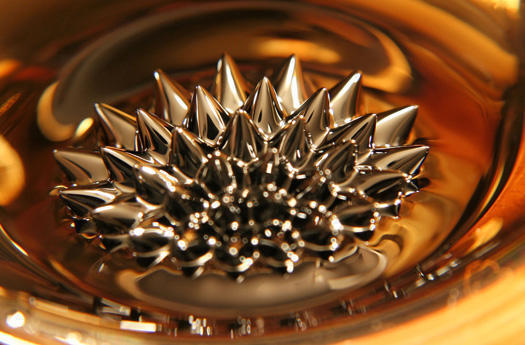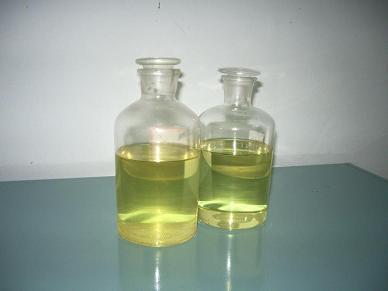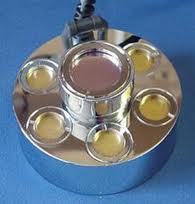Lemon juice has a natural pH of 2.0 and is naturally acidic. When mixed with vitamins and other additives in the lemon juice normally found in stores for human consumption, the pH is slightly less acidic with a pH measure of between 2.2 and 3.0. Due to the natural acidicy of lemon juice, it can be used to conduct electricity.
How Can You Use Lemon Juice to Conduct Electricity?
Since lemon juice is acidic, it will create both positive and negative ions when sitting in the naturally occurring water contained within a lemon. Based on these properties, you can create a basic science experiment to use the energy conducted by one or more lemons to briefly power a light bulb.
What You Need to Conduct Electricity With Lemon Juice
4 Lemons
1 Multimeter
1 Small light bulb
14 or 18 gauge copper wire (no more than 2 feet)
Paper clips
*Note that you can start the experiment with a single lemon but will require additional lemons if the experiment does not initially succeed or if you desire to repeat the process multiple times.
How to Conduct Electricity With Lemon Juice
Step 1 – Take a single lemon and roll on a flat surface pushing down firmly. This will ensure that the lemon juice and moisture from the fruit of the lemon mix more freely inside of the lemon. Take care not to puncture the skin of the lemon during this step.
Step 2 – Straighten a single paper-clip and insert approximately half-way into the lemon's skin.
Step 3 – Cut a six inch piece of the copper wire and insert approximately one inch into the lemon's skin. The copper wire should not be touching the paper-clip.
Step 4 – If you have a multimeter available, use it to check the paper-clip and copper wire that are inserted into the lemon for current. If you do not have access to a multimeter, touch the copper wire and paper-clip to the base of the light bulb to see if enough electricity is being produced to generate light.
Step 5 – If light is not produced in step 4, or the multimeter does not indicate that there is electricity being produced, connect an additional lemon in series to the one prepared in steps 1 through 3. To connect the additional lemon, wrap the end of the copper wire coming out of the new lemon about that of the first and do the same with the paper-clips and repeat the light-bulb test.




Kristine
I’m doing this for a science project. And this helped alot. Thanks.
ELVIS
sience fair thank you
and brandon
thank so muc h it has helped me aalot
and brandon
thanku we are doing the fair to
nina
thank u this helps alot
A.J. Gill
Hi, i am doing this for a science fair at school, and i need the citation of this article, could you give it to me?
Thanks, A.J.
Max
I’m doin this for science fair to!!